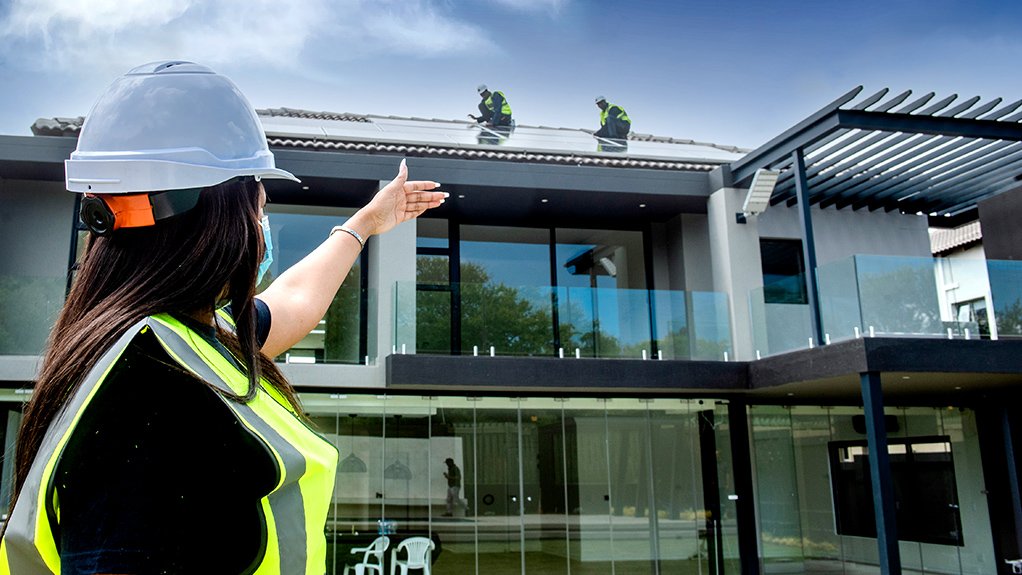Lower-cost components and lease-to-own offerings are putting rooftop solar photovoltaic (PV) systems within reach of more South Africans looking for a reliable power solution capable of operating for extended periods of time.
The US National Renewable Energy Laboratory, or NREL, reports that the cost of PV system components has dropped by as much as 80% over the past decade, while at the same time, the technology has become more efficient. Wetility founder and CEO Vincent Maposa notes that this trend is continuing, making PV systems a viable option for suppliers and residential customers.
Solar offers a number of advantages over other point of consumption energy production options, says Maposa, remarking that generators are noisy and costly to run for extended periods and uninterrupted power supplies, inverters and batteries don’t last through extended power outages.
With most areas of South Africa averaging 2 500 hours of sunshine a year, and high solar irradiation levels of between 4.5 kWh/m2 and 6.5 kWh/m2 a day, solar simply makes sense, enthuses Maposa, who says that Wetility aims to roll out PV systems to homes across Southern Africa. He asserts that a rooftop PV system is relatively quick to install, offers clean or environment-friendly energy and it pays for itself in the long term. In addition, lower-cost components and new lease-to-own systems put rooftop solar PV systems within reach of more people.
The company explains that it makes solar technology available to customers with no upfront costs – offering the option of a power purchase agreement or fixed monthly lease. In addition, it recommends customers start with a hybrid system, as PV components have an expected lifespan of 15 to 25 years, and PV costs are expected to continue to reduce and the technology is expected to continue to improve.
A hybrid solution uses both solar energy and grid power, ensuring that a home has sufficient power for power-intensive appliances such as ovens, stoves and irons, while also storing power for use during load-shedding and outages. The sun charges the battery during the day and, after dark, it powers the home for six to eight hours, depending on household energy consumption. When the battery is drained, the system switches over to using grid-supplied electricity.
A hybrid solar solution aims to offer customers greater power security while ensuring cost savings on utility power. The solution is designed as a modular system than can be scaled up over time or as needs change.
EMAIL THIS ARTICLE SAVE THIS ARTICLE
To subscribe email subscriptions@creamermedia.co.za or click here
To advertise email advertising@creamermedia.co.za or click here













